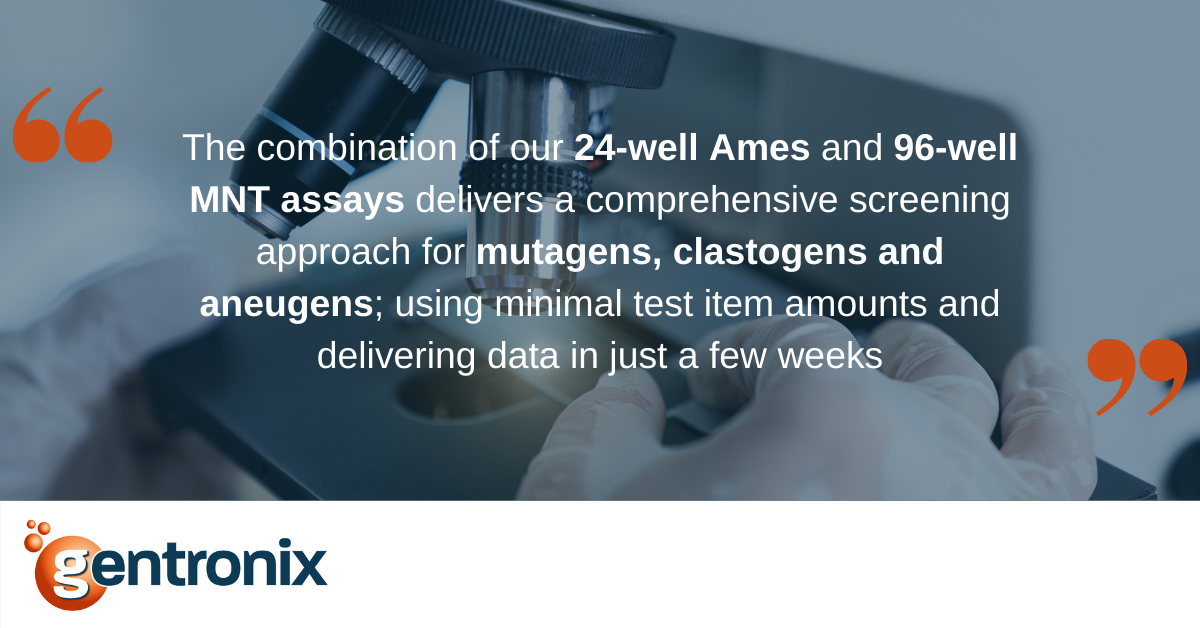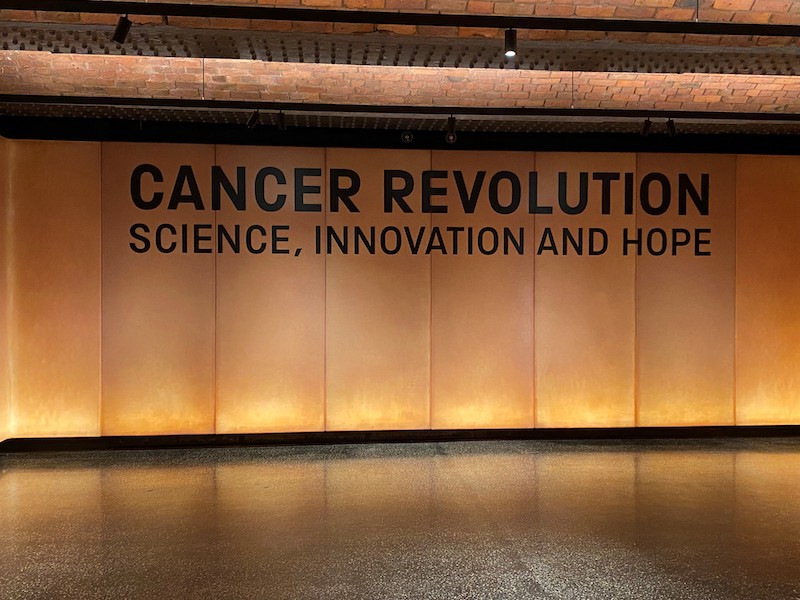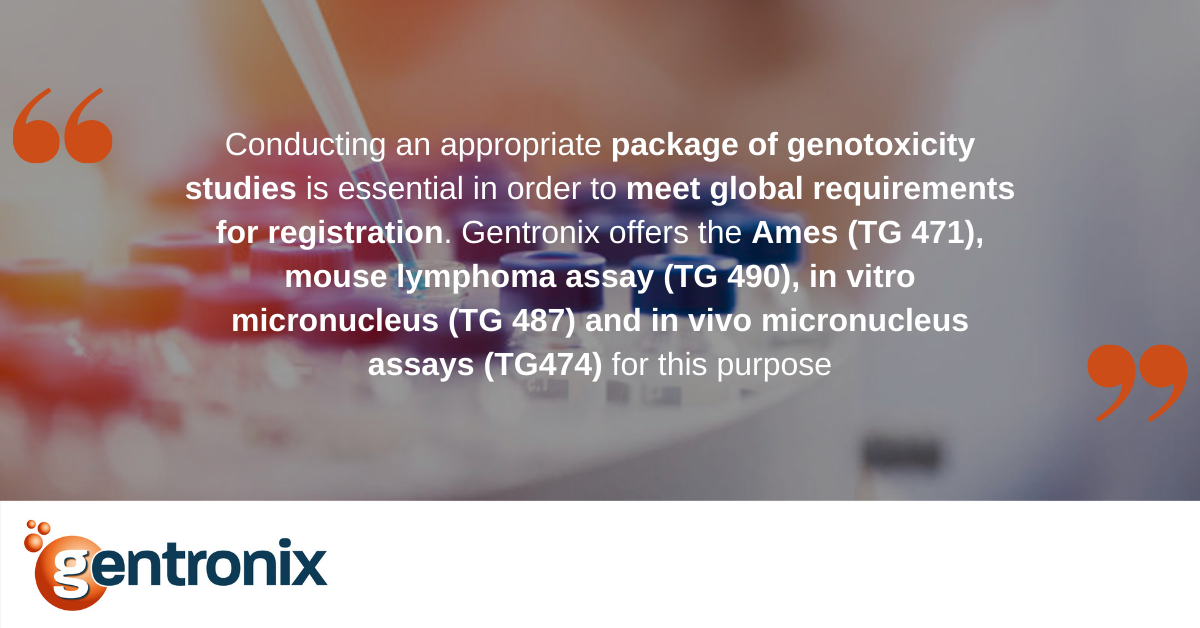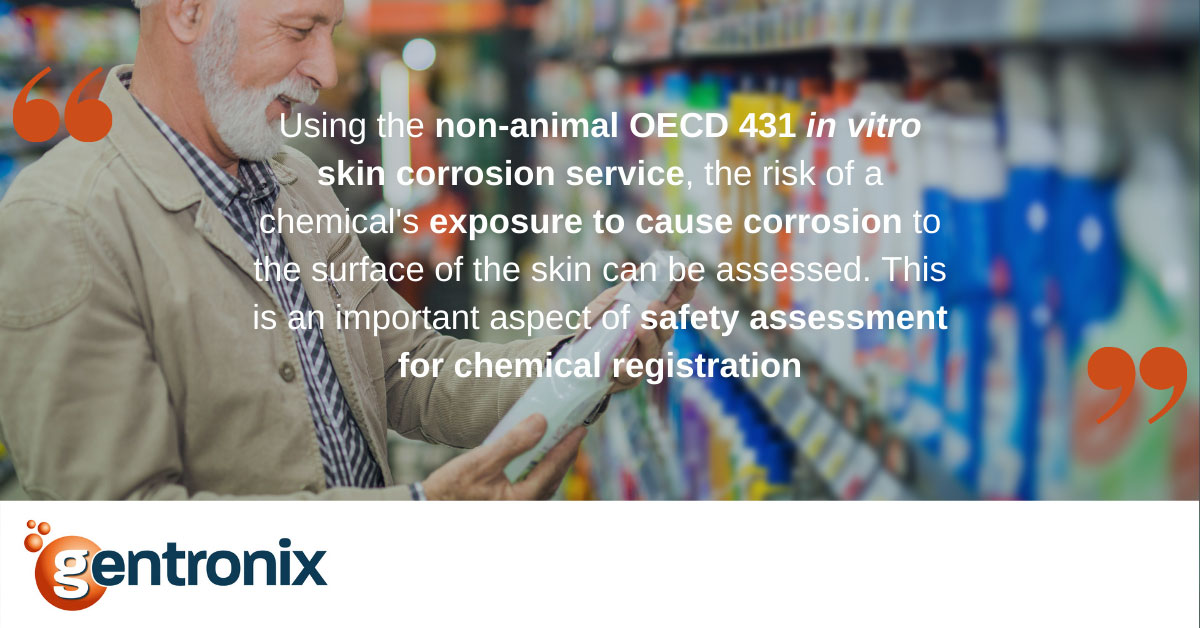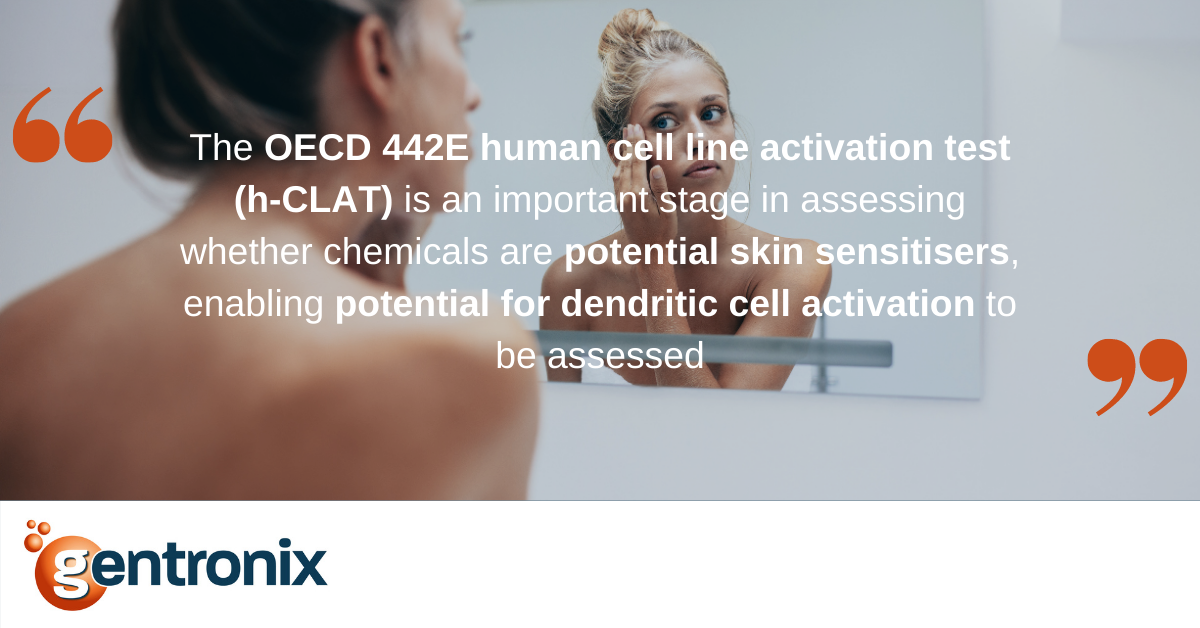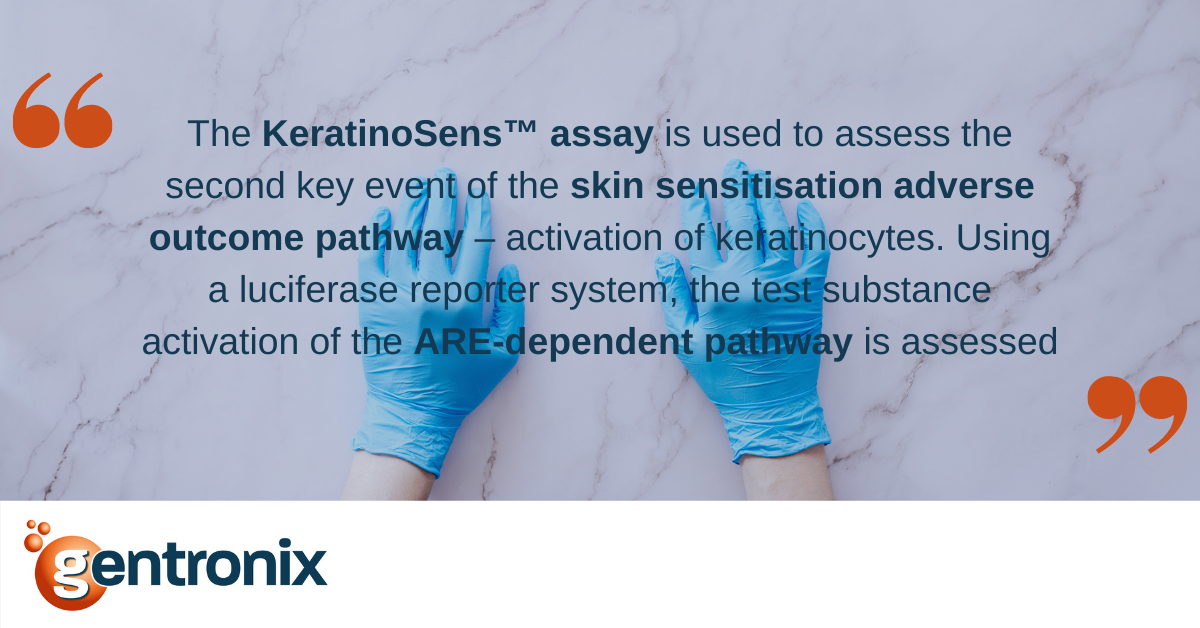Including genetic toxicology in the early drug discovery phase is a key step in improving the safety profile of the chemical series under development and increasing the chances of project success by avoiding late-stage toxicology failures.
Our combination of the 24-well Ames and 96-well in vitro micronucleus tests enables all mechanisms of genotoxicity to be assessed in methods consistent with the regulatory battery across responsive timelines and using minimal test item amounts.
Understanding whether a chemical series, which shows real promise against a therapeutic target, has a viable safety profile is essential to drug discovery. Whilst target safety assessments and in silico approaches can help scientists understand the potential risks associated with the target area and chemistry, they only go so far in considering the molecular interactions with the cellular structures and physiology.
A critical toxicology consideration in these early stages of drug discovery is whether a chemical or chemical series presents the ability to react directly or indirectly with DNA. Such interactions can induce changes to the genetic code itself via mutation or its arrangement by damage to chromosome structures through breakage (clastogens) or in their number within the cell (aneugens). Such effects are of significant toxicological consequence as they can induce change to gene expression in the somatic tissue. They can also induce heritable effects passed to the next generation if impacting the germ cells. Such mutagenic or genotoxic effects, if occurring persistently and not repaired by the cellular machinery, can lead to DNA lesions, which induce tumorigenesis and cancer.
As the impact of a novel chemical inducing genotoxic damage is potentially so severe and far-reaching, a comprehensive assessment of a new drug’s genotoxic profile is required before any human clinical trials are performed. This testing is detailed through the ICH safety guidance documents, with genotoxicity covered under ICH S2 (R1). This guideline requires an in vitro battery of tests, including the Ames test, in vitro mammalian tests such as the micronucleus test and an in vivo micronucleus test to be performed. Together, these assays comprehensively assess whether a novel chemical has the potential to induce mutagenic, clastogenic and aneugenic effects and determine if they are relevant to human exposures. Whilst this presents a comprehensive assessment of the genotoxicity profile, the in vitro portion requires a minimum of 3 grams of material. At the hit-to-lead stage, most organisations have < 1 gram of chemical available for all early-stage investigations and not just one aspect of toxicology testing, however critical to success the results of those tests are.
At Gentronix, we have optimised our regulatory testing to require only the minimal test amount, conducting our OECD 471 Ames with 1 gram and our OECD 487 studies with as little as 200mg. Taking this approach further, we have developed screening versions of these tests: 24-well Ames and 96-well MNT. These studies use the same principles as the OECD guidelines but in formats capable of delivering accurate prediction of genotoxicity outcomes for all mechanisms, using as little as 40 mg of the test item in total. These early-stage discovery genotoxicity tests provide a comprehensive chemistry assessment for mutagenic, clastogenic and aneugenic liability, enabling drug discovery teams to identify issues early and focus on developing safe therapeutics and medicines without a reduced risk of late-stage failures.
To find these and other options to improve your early-stage toxicology screening approach, please click here: https://gentronix.co.uk/services/genetic-toxicology-screening/
